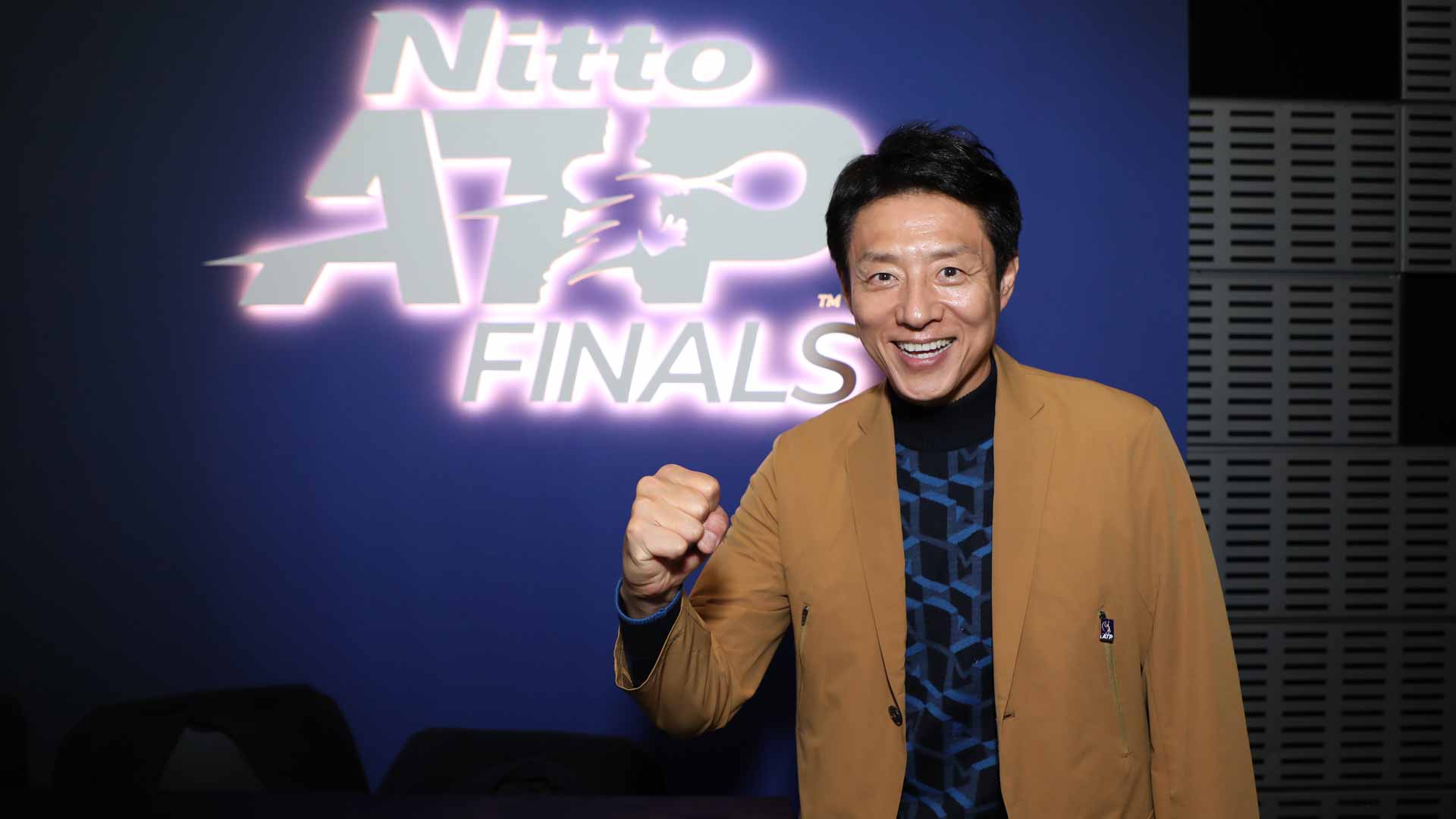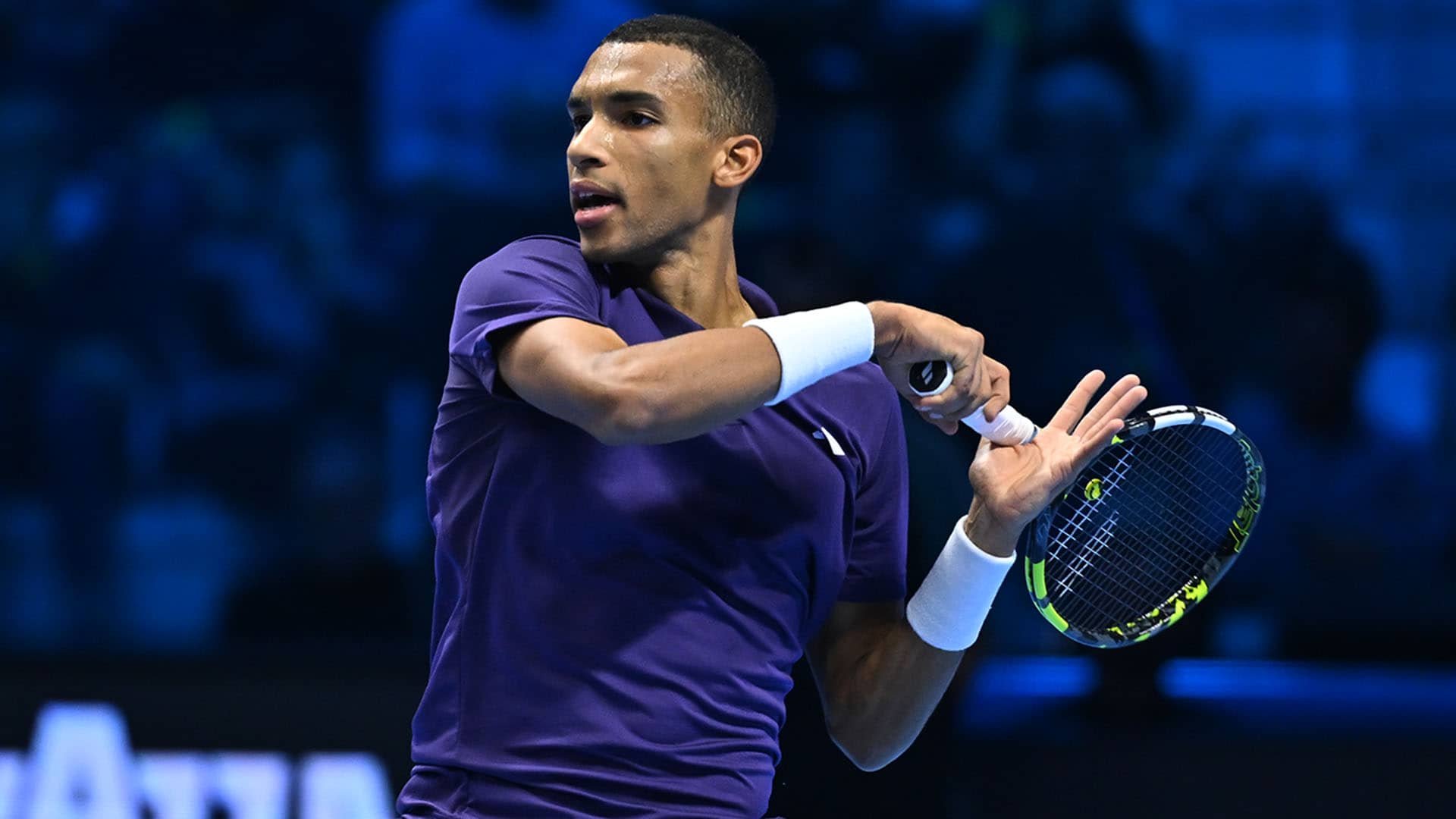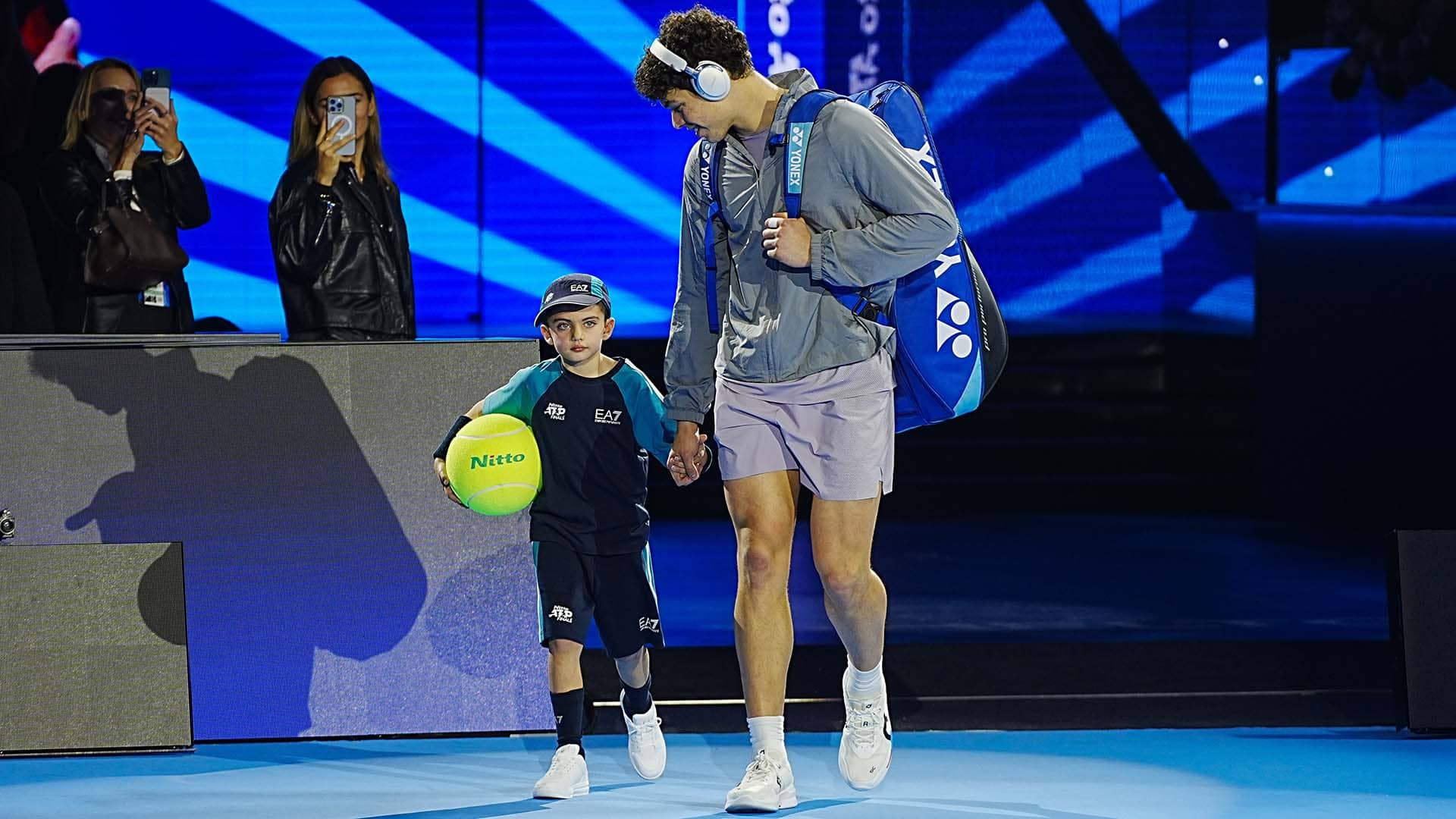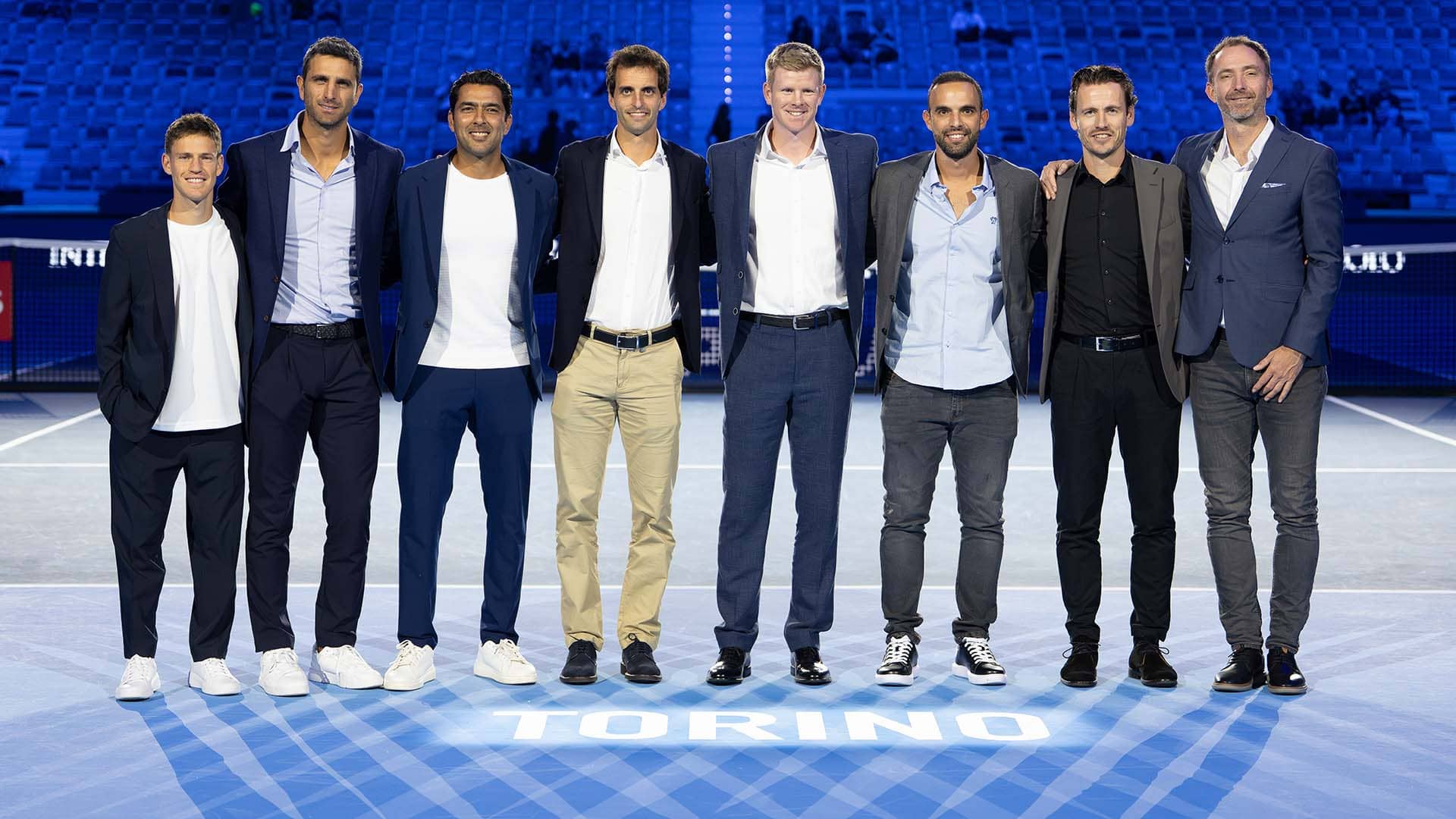Matsuoka Feels the Pulse of Tennis's Bold New Era
In Turin's buzzing arena, a veteran Japanese voice steps courtside for the first time at the Nitto ATP Finals, sensing how Alcaraz and Sinner's fresh mindset is reshaping the sport's relentless rhythm.

Under the sharp lights of Turin's PalaAlpitour, the Nitto ATP Finals crackle with the weight of a season compressed into high-stakes duels, where every inside-out forehand and crosscourt return carries the echo of months on clay, grass, and hard courts. Shuzo Matsuoka, a former No. 46 in the PIF ATP Rankings who once pushed to the quarterfinals at Wimbledon in 1995, arrives here immersed in the atmosphere, his seasoned eyes tracing the psychological undercurrents that define this elite gathering. As a one-time ATP Tour champion with 145 tour-level wins, he absorbs the crowd's surge after a down-the-line winner, feeling the shift toward a game where mental resets happen faster than ever amid the tour's unyielding calendar.
Adapting to a bolder mental game
Now 58 and commentating live for Japanese broadcaster UNEXT, Matsuoka draws from 25 years coaching juniors at the Japan Tennis Association, where he guided talents like Kei Nishikori through evolving demands. He spots the core change in Carlos Alcaraz and Jannik Sinner, whose explosive one–two combinations blend with an off-court poise that turns media pressures and upset recoveries into fuel for the next match. Their approachable vibe, glimpsed in interviews at the Australian Open and US Open, contrasts the isolation of past eras, signaling a psychological fortitude that demands quicker emotional pivots after setbacks in Madrid or Montreal.
This evolution ripples through coaching and commentary alike, as Matsuoka notes how the duo's new tennis—marked by underspin slices setting up topspin drives—forces adaptations in mindset, especially on indoor hard courts where low bounces amplify retrieval battles. The round-robin format here tests that resilience, with points accruing from tight tiebreaks that mirror a year's fatigue, pushing players to channel vulnerability into sustained aggression. He reflects on past studio broadcasts featuring Novak Djokovic's dominance, but courtside immersion reveals the raw tension of players resetting mid-rally, their focus unbroken by the arena's echoing roars.
“At the moment I like [Carlos] Alcaraz and [Jannik] Sinner,” Matsuoka told ATPTour.com in Turin. “I had an interview with them at the Australian Open and also at the US Open. They were so nice. I’ve been coaching juniors for 25 years at the Japan Tennis Association. Kei Nishikori and all those guys. Tennis has completely changed. Alcaraz and Sinner play a new tennis. Also the speaking, the way they act, it’s all new. So I had to change myself, the speaking, the way I act. Tennis is changing, so in Japan we have to start the new generation and new tennis also in Japan too. It’s a mental approach.”
Thriving under Finals intensity
The event's show-like spectacle—from player entrances to post-match rituals—heightens the psychological stakes, turning the PalaAlpitour into a pressure cooker where Alcaraz's inside-in backhands and Sinner's flat returns exploit the court's speed. Matsuoka, filming his firsthand experience, contrasts this with remote coverage of past Finals, where the live pulse of crowd energy after a perfectly timed lob feels electric, underscoring how these young stars weave mental pressure into tactical edges like varying serve placement to disrupt rhythms built over transcontinental swings. His excitement builds as he captures the atmosphere, from the chill of October air outside to the heated exchanges inside, where every group-stage shift alters semifinal paths amid 500-point rankings battles.
Having transitioned from playing to a multifaceted career that includes motivational speaking and hosting the weekly cooking show Kuishinbo! Bansai since 2000, he links the discipline of on-court adjustments to off-court recovery, noting how Italy's communal dining fosters the social bonds that bolster emotional resilience. A shared pizza in Turin, savored with family-like warmth, reminds him of tennis's human side, where meals recharge the mindset needed for back-to-back majors. This blend of tactics and psychology, he observes, elevates the Finals beyond competition, making it a showcase of adaptive growth under relentless scrutiny.
Inspiring Japan's tennis evolution
Matsuoka plans to carry these insights home, aiming to infuse the Japan Open with Finals-inspired elements like enhanced fan zones and cultural tie-ins that ease mental barriers for emerging players facing global rivalries. By emphasizing surface-specific drills—countering crosscourt angles on hard courts or handling high-bouncing clay arcs—he envisions a new generation in Japan embracing the tour's hybrid rallies, where power meets finesse in ways that past stoic endurance never demanded. His visit, blending commentary with personal discovery, captures the sport's forward momentum on November 14, 2025, as Alcaraz and Sinner navigate the psychological gauntlet from early fire to year-end redemption.
As the round-robin unfolds, with every matchup hinging on who masters quick transitions from defense to attack, Matsuoka's perspective promises to reshape approaches worldwide, fostering innovation where mental fortitude drives tactical breakthroughs. This firsthand dive into Turin's intensity reveals tennis's path ahead: a game where pressure forges not just winners, but a bolder, more connected era of play.


